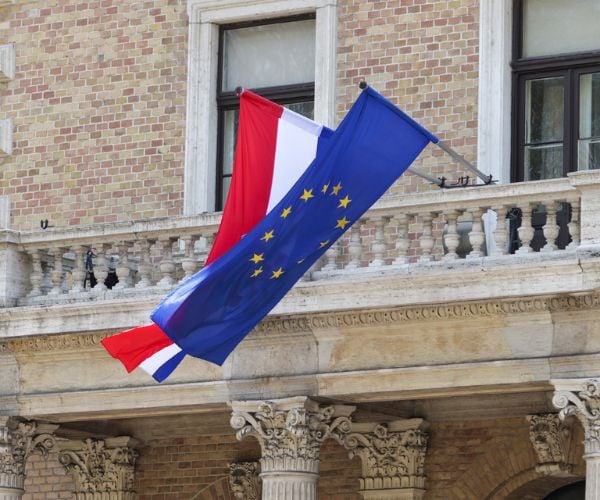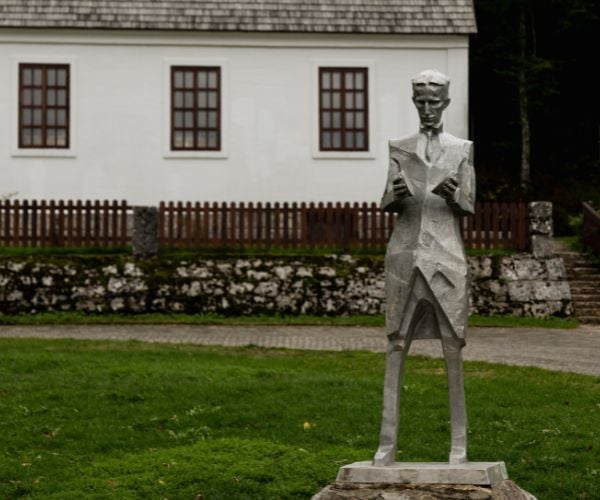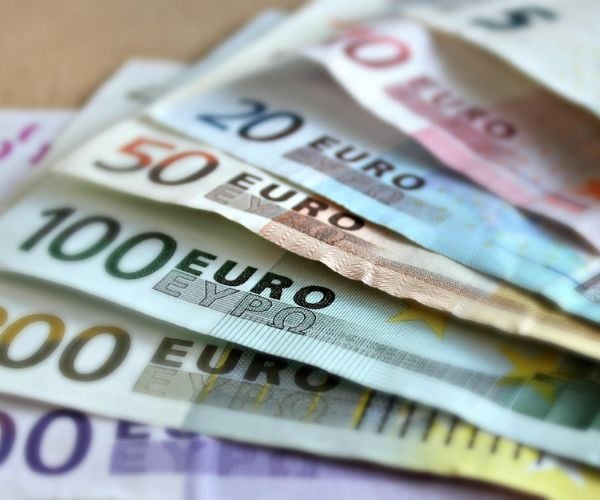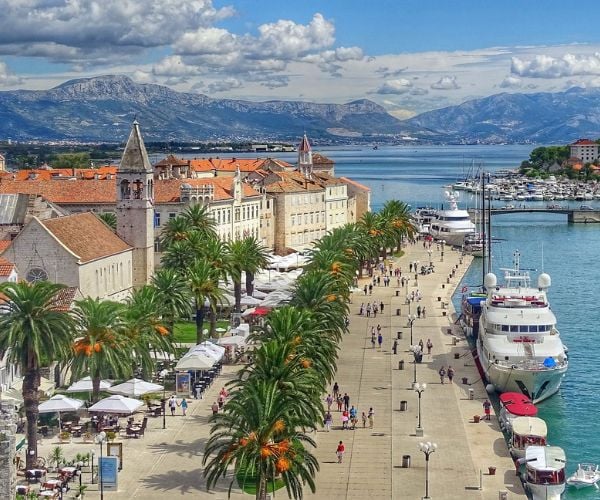Croatia, closer than ever
Croatia has been a member of the European Union since July 1, 2013, and as of January 1, 2023, it will be the 27th member of the Schengen zone – a free zone for travel and movement within member nations and territories.

A warm Schengen welcome
Following the European Parliament’s favourable judgment on Croatia’s accession to Schengen on November 10, and the European Commission’s confirmation on November 17, the Council of the EU eventually unanimously recognized Croatia’s admittance into the Schengen area on December 8, 2022.
What does this signify for Croatia and tourism?
All visitors with a valid Schengen visa can now visit Croatia and stay within the zone (in Croatia or other zone countries) for up to 90 days without interruption. Schengen is the largest border-free zone of 27 countries, with over 400 million inhabitants, and the Schengen visa permits you to travel freely among all Schengen countries. Following the official announcement, Croatia started working on a scheme to eliminate all road and sea borders on January 1, 2023, with airport borders to be lifted in March 2023.
Another significant benefit is the easier and faster flow of commodities across borders; although Croatia joined the EU 10 years ago, borders meant more paperwork, more bureaucracy, and more business expenses.
Admission to the Schengen zone is also a significant benefit for tourism, especially given that tourism accounted for 21% of Croatia’s total GDP in 2019, which is significantly more than in most EU nations. Those driving by car will arrive at their destinations considerably faster, while those travelling by air should have a trouble-free “country” crossing.
Additionally, travellers who previously required a supplemental Croatian visa in addition to their Schengen visa will no longer be required to do so and can now visit Croatia with only their Schengen visa. As the COVID-19 epidemic becomes part of the past, it is projected that luxury leisure and business travellers from the Far East and Australia will resume their customary 10- to 14-day journeys throughout Europe (Schengen zone), possibly including additional stops in Croatia.
Introduction of Euro
Another significant step Croatia has taken toward full European integration is the adoption of the euro as its official currency. Croatia became the 20th member of the eurozone on January 1, 2023, with the purpose of reducing currency risk, strengthening its economy, and raising its long-term standard of life.
All necessary legislation and processes have already been completed, and Croatia started making euro coins with traditional or popular Croatian designs, such as the map of Croatia, the Croatian checkerboard, a marten, Nikola Tesla, and Glagolic lettering, beginning in July 2022.

Dual reporting is required until December 31, 2023, and the fixed exchange rate has been set at 1€ = 7.53450 kn. As a result, both the Euro and the Kuna must be displayed on the majority of goods and services. There are a few items that are exempt from this rule, including telephone cards, printed books, gift cards, vending machines, and stands at neighbourhood greenmarkets where the price can only be displayed in euros. From January 1 to January 15, 2023, there was also dual circulation, during which both currencies were accepted for payment.

Although the switch to the euro will have a lot of positive effects on the Croatian economy, there has also been a persistent worry about pricing and cost of living increases in the near future, particularly when coupled with an increase in worldwide inflation in 2022. Although a fixed exchange rate was established as a regulating mechanism to guarantee fair prices, some industries may face higher rates, at least as a result of rounding. Additionally, even though Croatia has been a very popular tourist destination in recent years, costs may increase starting in 2023 due to its increased accessibility and popularity.

Double taxation avoidance treaty with the USA
On December 15, 2023, the United States and Croatia signed a treaty to avoid double taxation in Washington, DC, putting Croatia alongside the United States’ closest Euro-Atlantic partners. Once adopted by the US Senate and the Croatian Parliament, this treaty will safeguard taxpayers on both sides from double taxation. This is particularly great news in the business sector, since it will promote economic interaction between the countries through more effective trade and investment.

The development of commercial relations was accelerated in 2021, when Croatia formally joined the US Visa Waiver program on October 23, 2021, as the final stage in the cancellation of visas for Croatian residents travelling to the US. Croatia became the 40th member of the VWP, allowing Croatian people to travel visa-free to the United States only through the ESTA system (The Electronic System for Travel Authorization).
IMPORTANT NOTICE:
If you are reading this article anywhere other than on A Luxury Travel Blog, then the chances are that this content has been stolen without permission.
Please make a note of the web address above and contact A Luxury Travel Blog to advise them of this issue.
Thank you for your help in combatting content theft.
Pelješac Bridge
The spectacular Pelješac Bridge’s opening in July 2022, which spans the sea channel from the mainland at Komarna to the Pelješac peninsula, was another significant turning point for Croatia and the tourism industry. The bridge has become one of Croatia’s most recognizable landmarks in addition to being one of the nation’s major capital projects and a quicker, direct link to the south. The green Pelješac Peninsula saw an instant increase in tourism, but this has also affected border-free road transit to Dubrovnik.

Previously, all vehicle traffic from central Dalmatia (Split) to south Dalmatia (Dubrovnik) had to pass through Neum, a city in Bosnia and Herzegovina with two border crossings. Despite a 1998 agreement between the two countries ensuring that Croatian nationals could pass freely if they did not get out of the automobile between the two points, you could not drive from one Croatian town to another without appropriate travel credentials.
The Bridge’s construction began in July 2018, and it was connected in July 2021, but it would not be open to traffic until the nearby road system was completed on July 26, 2022. The bridge has thirteen spans (seven of which are cable-styled) and two pylons, totalling 2,404 meters in length (7,887 ft). The design of the Pelješac Bridge is signed by Slovenia engineer Marjan Pipenbaher.
Christian Larss Kreković is a General Manager at Sun Gardens Dubrovnik. Sun Gardens Dubrovnik is a luxury resort on the Adriatic coast in Croatia offering bespoke guest experiences.
If you would like to be a guest blogger on A Luxury Travel Blog in order to raise your profile, please contact us.
Did you enjoy this article?
Receive similar content direct to your inbox.


As a retired Civil Engineer I love a good bridge. If we make it to Croatia the Peljesac Bridge will be on my list of things to do.
Thanks for the reminder about Croatia, friends it’s a brill place for a holiday. A digital nomad I know has spent 10 months there and doesn’t seem as much of a nomad as she once was.
This should give a big boost to the Croatian tourist industry. Well deserved too, it’s a beautiful country and the people make you really welcome.